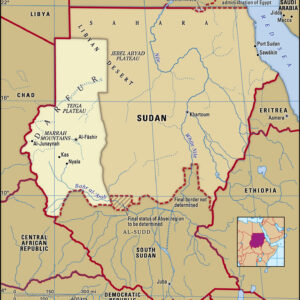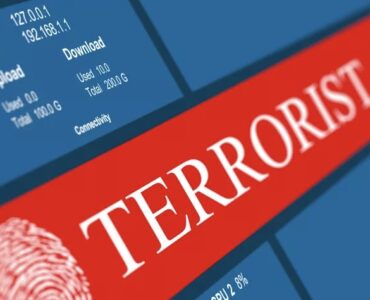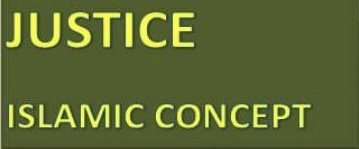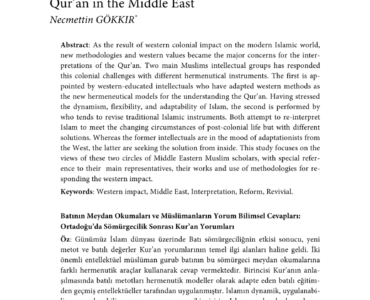
Ongoing Conflict in Darfur
Sudan, Africa
Darfur (Arabic for ‘Land of the Fur’) is an arid region in Sudan, home to a local group known as the Fur people. The region was incorporated into Sudan in 1916 and was subdivided into 5 states:
Central Darfur;
East Darfur;
South Darfur;
West Darfur; and
North Darfur.
Darfur is home to 80 nomadic tribes, ethnic groups (nomadic tribes that have no set homeland) and permanent settler communities. The Fur, Massalit and the Zaghawa tribes have a long history of conflict with the government of Sudan. In 1972 the Abada peace agreement was signed between the conflicting groups but this ultimately failed to establish peace in the region.
The region has been in a state of humanitarian emergency since 2003 when two armed groups (The Sudan Liberation Army (SLA) and the Justice and Equality Movement (JEM)) launched a campaign against the Government of Sudan, plunging the entire region into conflict. The rebel groups frequently expressed that their region was underdeveloped and neglected, suffering from poor management. Additionally, the ongoing droughts in the Sahara desert further exacerbated the situation since the traditionally Arabic nomadic cattle farmers were increasingly forced to move their herds to find new pastors near water sources. As the droughts worsened, Arab farmers were forced to encroach onto African farms which sparked tensions between the groups. The region of Darfur is home to many different tribes and races. The Fur, Masalit and Zaghawa are the three main tribes, all of which have sub-divisions.
The crisis in Darfur is generated by political, social, and economic factors, along with environmental challenges. Ongoing political disputes with the Sudanese government, racial clashes between Nomadic Arabs and Native Africans and the growth of revolutionary forces were some factors that led to the growth of parties including the JEM and the Sudan People’s Liberation Movement/Army (SPLM/A). They fought for representation and condemnation of the Government of Sudan, citing their campaign of ethnic cleansing alongside various anti-African policies that sought to eradicate the non-Arab population. Environmental factors are not the central motivation for the formation of rebel groups in Darfur but have certainly exacerbated the already tense atmosphere. The increase in demand from migration and the increase of political conflict in Darfur, therefore, generated local disputes.
From independence onwards much of the wealth in Sudan has remained in the north (Khartoum). The other provinces including South Sudan and Darfur suffered from poor welfare standards alongside a lack of education and infrastructure investment. Economic development projects assisted the wealthy but neglected the poor. Political autonomy in the North was also a catalyst for rebellion, with 60 percent of the government ministers being from and representing the population of Khartoum. Only 17 percent represented Darfur, a similarly populated region. The political program also sought to remove the non-Arabs politically, proving to promote national discontent.
The Sudanese Government’s attempt to block the Fur from any political representation worsened the situation. Power of the Fur was divided into sections when Darfur was split into two provinces in 1974, three in 1995 and five in 2013. This split in the Government prevented the Darfur region from collaborating and uniting against the Sudanese Government. This political move raised suspicion in the Arabic community as they believed that their local representation was being undermined, which triggered violent reform movements. Groups like the Tujammoal were openly discriminatory against non-Arabs and were assisted by the Sudanese Government. Sudan’s disintegration of Darfur has therefore contributed to the genocide because it alienated both sides and exacerbated the situation.
Religious tensions within the region were exacerbated when Al-Bashir took power in 1989. The crisis is a result of the Al-Bashir government collaborating with the Janjaweed to promote the destruction of the Darfur region. The Government of Sudan has trained and equipped the Janjaweed throughout their campaign attempting to destroy the Fur’s livelihoods. The government has released infamous criminals that have gone on to fight alongside the Janjaweed, also promoting forced displacement, rape, murder, attacks and pillage throughout the region. Al-Bashir’s bias brought fear to the Fur tribes, who united against the government. In March 1995 Darfur’s political power was divided into thirteen emirates, with the eight key positions being given to Arabs. The move also brought local conflicts into larger, national confrontations as the three tribes sought to gather larger opposition groups to the Arab farmers. The tribes united by creating political parties and making the small confrontations a region-wide issue.
In January 2021 mass evacuations of IDPs occurred in North, South and West Darfur. Approximately 183,000 were displaced from their refugee camps. The IDP community is displaced because violence in South Darfur remains commonplace. The activity of humanitarian agencies, including the Darfur Network and the UN is essential to the IDP’s survival. Attacks on IDP communities are often attributed to the RSF by local communities, reducing confidence in the new government and decreasing the possibility for negotiations.

“The refugees arriving in Chad talk of the destruction of their homes and possessions and targeted attacks on refugee sites,”Babar Baloch – Spokesman for the UN High Commissioner for Refugees (UNHCR)
Key Facts
People killed (UN Estimate) — 80,000 – 500,000
People displaced (UN Estimate) — Around 2.5 million
Conflict began in — April 2003
Total population of Darfur: 9.241 million (&2017)
Active militants:
Rebels — no reliable data
UNAMID — 16,000 soldiers, 3,000 police officers
Government forces- <25,000 Janjaweed, 100,000 Sudan Armed forces
Key Peace Deals:
September, October and December 2019 witnessed negotiations between numerous parties in Darfur, much to no avail.
31 August 2020, a peace deal was signed in South Sudan, between the Sovereignty Council of Sudan and several rebel groups, including the Sudan Revolutionary Front (SRF), Sudan Liberation Movement/Army (SLM), Justice and Equality Movement, Transitional Revolutionary Council, and Sudan People’s Liberation Movement-North (SPLM–N).
The Situation
Deteriorating
The current situation in Darfur remains tense. Due to the remoteness of the villages, the flow of information is slow and often inaccurate. Access to the region for international organizations is limited by the new government and the RSF.
The October 2021 coup in Khartoum sparked further conflict in the region. Throughout November and December tribal clashes have developed, with an estimated 50 fatalities during the unrest.
Numerous peace agreements have been signed over the past two decades, but their inability to involve/ accommodate all conflicting parties allowed spoilers to damage the implementation of the peace accords. This has led to a reluctance of some parties to attend peace initiatives, furthering the conflict.
Government efforts to consolidate locals may improve the situation in Darfur gradually. In 2021 the Director of state police, Maj.Gen. Yahya Mohamed El Nour, confirmed that the local authority constructed a police station in Kasab camp in cooperation with UNAMID and that they are constructing a police station in the Nina village. The Sudanese Congress Party in North Darfur is also encouraging the government to fulfil its security responsibilities.
As a result, the current situation is bleak. No substantial peace agreement is imminent because the flow of arms, missile strikes and conflicts with IDPs remains a consistent trend. Ethnic disputes between Arab herders and African farmers continue, especially during drought seasons. The UN mission in Darfur’s (UNAMID) mandate ended in December 2020 and was replaced with the United Nations Integrated Transition Assistance Mission in Sudan (UNITAMS). However, their efforts have yet to make a significant impact within the region.
Ongoing Conflict In Darfur: A Timeline Of Atrocities
Section 1400: Terrorism Links: Groups & Individuals
Ongoing Conflict In Darfur
Last Update: 09/2024
See COPYRIGHT information below.



